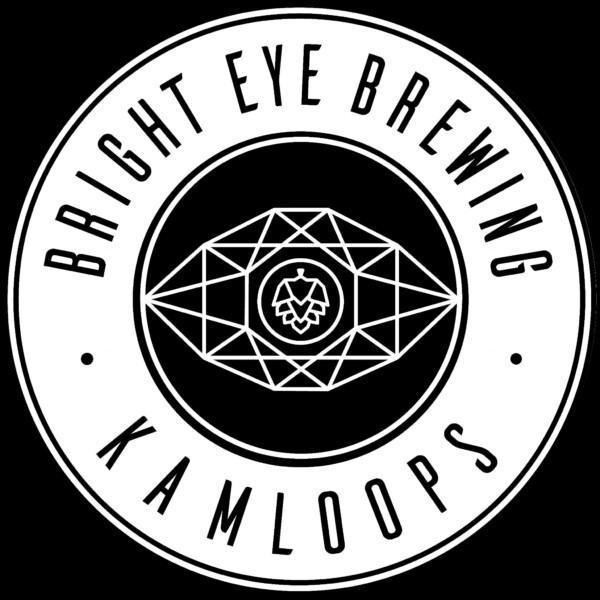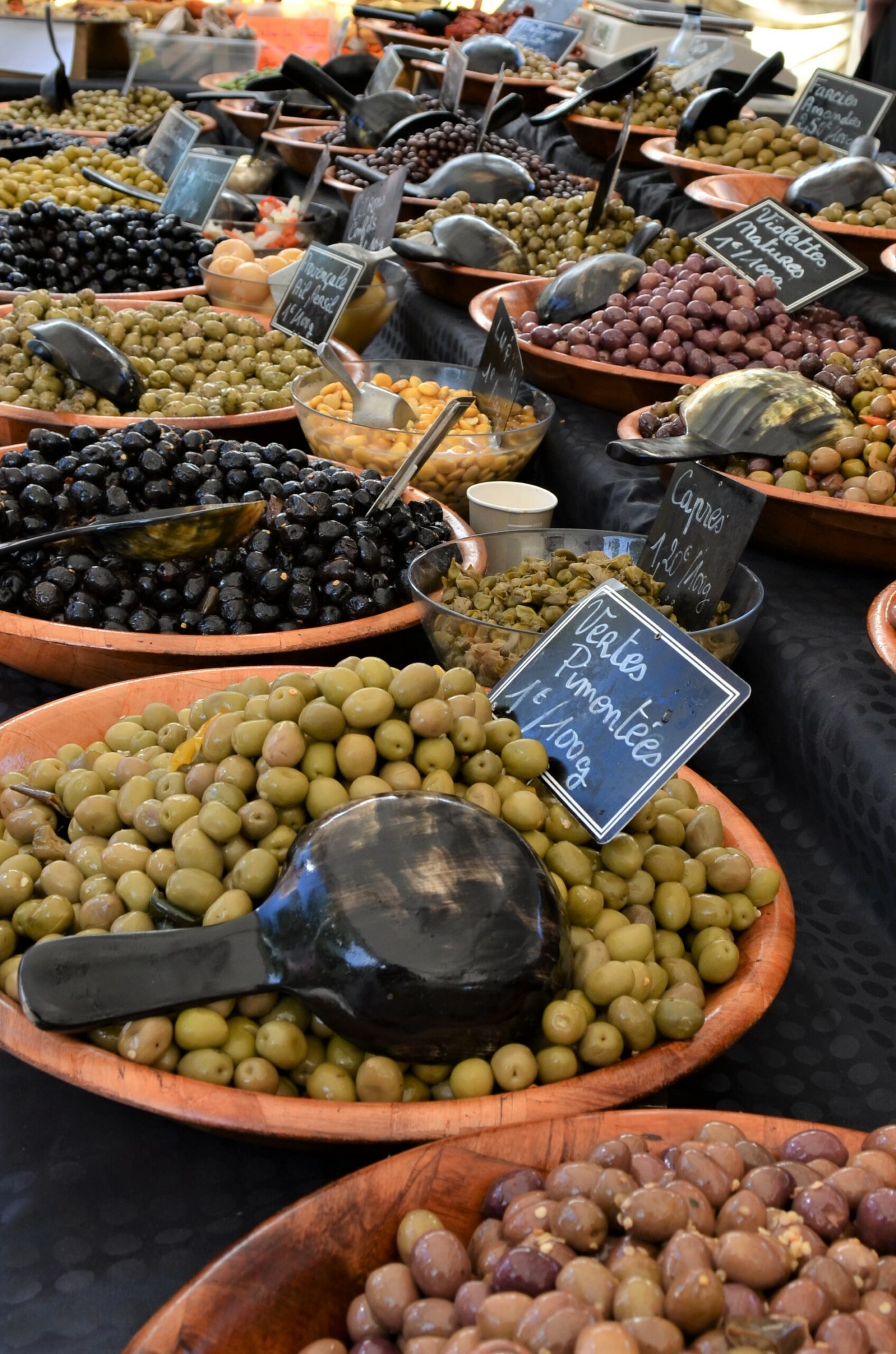
Bright Eye Brewing, Tranquille Road, Kamloops, BC, Canada
Description of business: Bright Eye Brewing is Kamloops’ newest brewery and features a variety of beers from sours to IPAs. The name of this stylish brewery was coined from a mashup of two of the four partner’s names: Bryan Craig (Bry) and Tyler Windsor (Ty). Although, the other partner’s Mitchell Forgie and Richard Markin did not receive the naming rights, they are still part of the awesome team that runs this North Shore business. Bright Eye also offers a large food menu, so you can enjoy a bite while grabbing a pint.
Contact information:
- Website:https://www.brighteyebrewing.com/
- Email: brighteyebrewing@gmail.com
- Phone:(250) 312-1702
History of brewing: Some anthropologists believe that man moved away from a hunter– gatherer existence to a settled agriculture-based existence largely to grow enough grain to brew large amounts of beer. Early evidence of brewing can be traced all the way back to 10,000 BCE in ancient Mesopotamia. It was a staple in their diet and was quite different than the beer we enjoy today. The Mesopotamians drank their beer, which had a thick oatmeal like consistency, out of a straw as to avoid swallowing the herbs and large bread pieces floating in the liquid. The modern-day straw was believed to be invented solely for the purpose of beer drinking. Beer was brewed in Ancient Egypt, Greece, and Rome, and Northern Europe, where it gained the most popularity. The Germans began brewing beer in 800 BCE, and the drink gained traction in places other European countries such as Britain and Finland. One commonality throughout all beer making history: women were often the brew masters.
Beer fermentation process: Microorganisms involved in brewing include yeast such as Saccharomyces cerevisiae, acetic acid bacteria (AAB), and lactic acid bacteria (LAB). Fermentation is a process in which yeast converts the glucose in buckwheat into ethyl alcohol and carbon dioxide (CO2) to produce the alcohol and carbonate levels of beer. Nowadays, certain conditions such as temperature can be controlled to shorten or prolong the fermenting period. Each strain of yeast has a range of temperatures in which it works best. Different temperatures in this range can affect the fermentability of different yeasts. The core is the hotter the fermentation out of the yeast’ tolerance, the more likely the beer is to have undesirable flavors and characteristics. Additionally, the lower average temperatures of the yeast fermentation must be in range. This “super yeast” can easily ferment beer above 30°C without losing the distinctive flavor that another beer has, making it an excellent yeast for brewing in climates. Anaerobic fermentation is known as an airlock condition that ensures that nothing gets into the beer that is fermenting and also allows the accumulated CO2 to escape. A hydrometer or refractometer is used to check if the fermentation is completed. The general advice to know when your beer is done and ready to pack is to have a stable 23-day density index (SG). Beer should be left for a few days after fermentation. This will allow the beer to settle and clear with the yeast to agglomerate at the bottom of the fermenter. It has long been thought that it is necessary to pack beer after primary fermentation in a secondary fermenter in order to remove it from the yeast cake and leave it in better condition for packaging. What beer looks like during fermentation, depends on our little friend – yeast. Yeast begins to regenerate and work on the necessary sugars.
Health benefits:
- Lower risk of heart disease
- Improved blood sugar levels
- Increased bone strength
Interesting facts:
- Humans consume over 50 billion gallons of beer globally every year.
- Beer is the oldest and most widely consumed alcoholic drink on the planet.
- There are over 100 varieties of beer around the world.
- The strongest beer in the world has a strength of 67.5%. It was created in 2017 by the Scottish brewery Brewmeister. The beer is called Snake Venom.
- The word’s most expensive beer, Allsopp’s Arctic Ale, costs $503,300.
- In ancient China, beer was brewed from sprouted rice, as well as from rice with added fruit.
- Non-alcoholic beer is made either by eliminating fermentation or by removing the alcohol from the finished beer. Compared to the making of conventional beer, the technology of making non-alcoholic beer is a more complicated procedure.
Misconceptions: Beer should be served “ice cold”. Answer: To properly enjoy their beer, it should be served at 6.6 degrees Celsius (with a little leeway depending on the type of beer you’re drinking—a barrel-aged Stout, for example, should be served only lightly chilled). Ice cold temperatures actually numb your taste buds and can hide some of the aromas in your beer.

